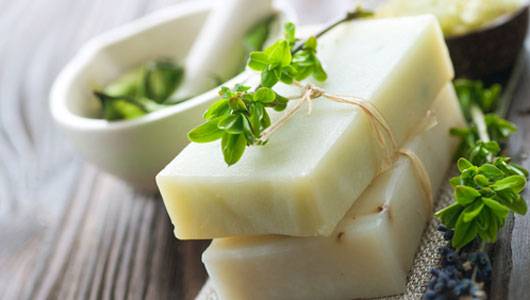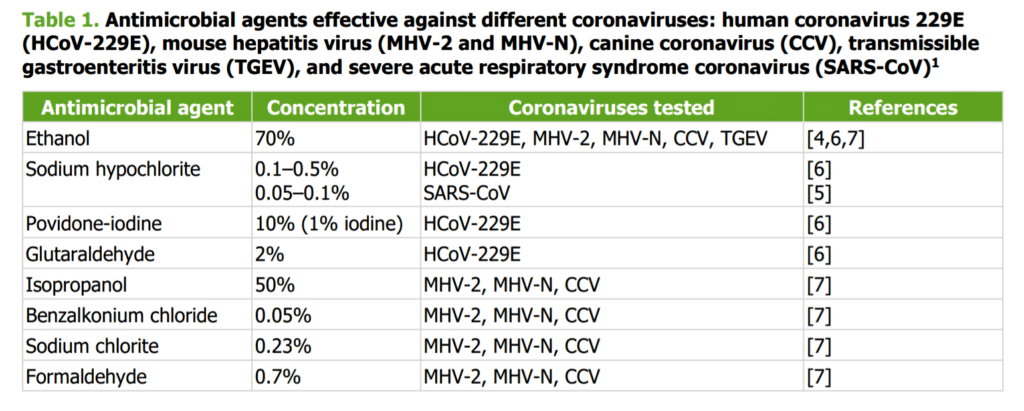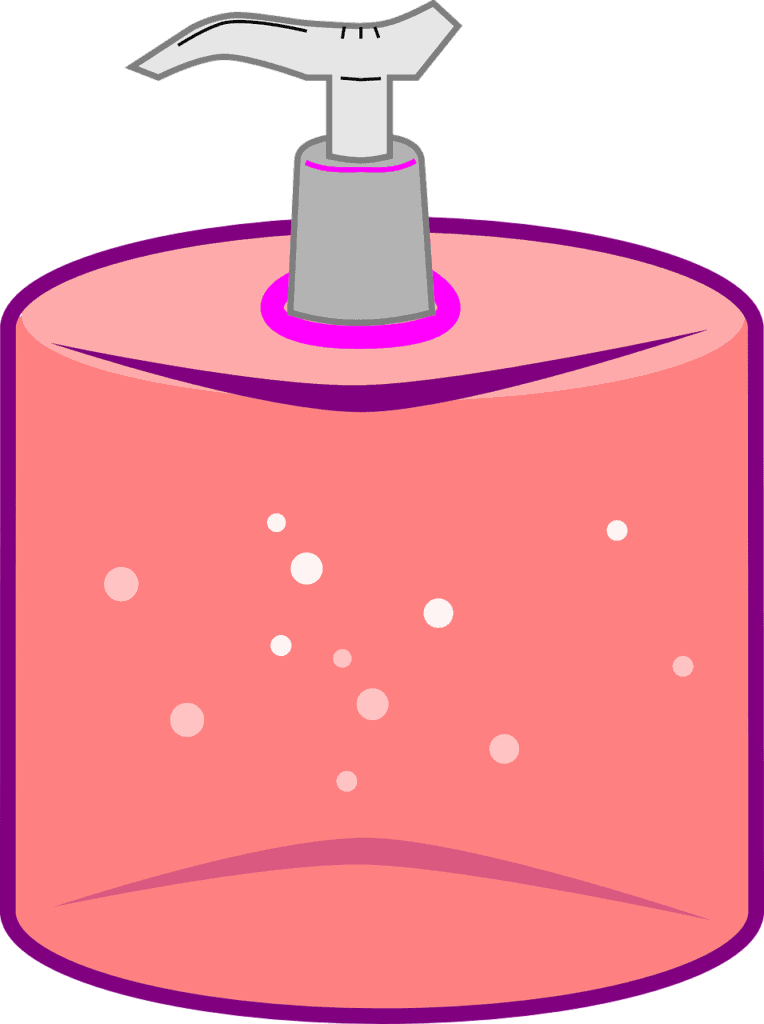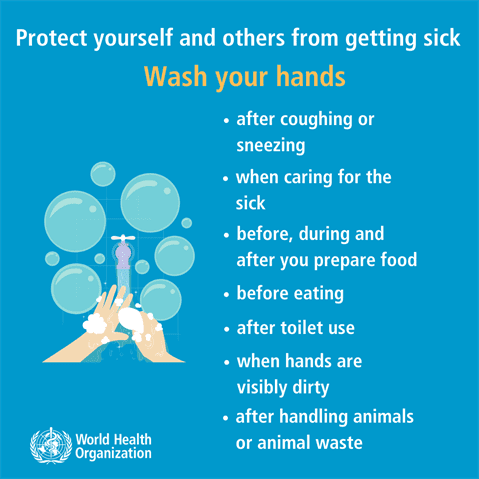
The most important piece of advice we need to follow to help us stay safe from COVID-19 is this one: wash your hands.
SARS-CoV-2, the virus causing COVID-19, and other respiratory viruses spreads easily by droplets from breathing, coughing and sneezing. Because our hands touch many surfaces, they can pick up microbes, including viruses. Then by touching contaminated hands to your eyes, nose, or mouth, the pathogens can infect the body.
Coronaviruses, like this year’s novel coronavirus called SARS-CoV-2 that has infected over 110,000 worldwide are encased in a lipid envelope — basically, a layer of fat. Soap can break that fat apart and make the virus unable to infect you.
There are two ways to decrease the number of microbes on your hands.

First strategy: decrease the overall biomass of microbes – that is, decrease the amount of bacteria, viruses and other types of microorganisms. We do this by washing out hands with soap and rinsing with water. When you wash your hands with soap and water, the soap chemically works to break down the oil, while the friction from rubbing does it mechanically. The more soap and the longer the hands are rubbed together, once rinsed away with water, the less oil and microbes are left on your hands. Public health experts agree that this method of hand washing, for at least 20 or more seconds at a time,

Second strategy: kill the microbes. We do this by using products with an antibacterial agent such as alcohols, chlorine, peroxides, chlorhexidine or triclosan. However, the efficacy on these agents can vary depending on the concentration of the antibacterial agent and on the particular microbe.
What about bar soap? Numerous studies have found that bacteria can stay on bar soap that stays wet because it gets used frequently. But studies that have shown that bacteria don’t seem to transfer to the next user. If the bar of soap looks slimy, rinse it off under water before you lather your hands, and try to store it so it will dry out between uses.
What if there’s no soap? If you’re in a public bathroom, and there’s no soap, just rubbing your hands together under the water does do some good. A 2011 study from researchers at the London School of Tropical Hygiene found that washing with water alone reduced bacteria on hands to about one-quarter of their prewash state. Washing with soap and water brought bacterial counts down to about 8% of where they were before washing.

What if there’s no soap or water? You can use hand sanitizers. Lipid membrane viruses like coronaviruses are killed by alcohol-based hand sanitizer as long as it is at least 62% alcohol. Make sure to use enough so that it covers all the surfaces on your hands. Rub that on until your hands feel dry, which should take about 20 seconds. Alcohol kills some bacteria and viruses by breaking down their protective membranes, which basically makes them fall apart. But it doesn’t work for all germs, such as norovirus, Clostridium difficile, which can cause life-threatening diarrhea, or Cryptosporidium, a parasite that causes a diarrheal disease called cryptosporidiosis. But it works very well for enveloped viruses such as Hepatitis B virus, influenza virus, and coronaviruses!
What about drying hands with paper towels? Paper towels have a beneficial effect beyond simply washing. Rubbing your hands with a paper towel removes even more germs than washing alone. Dry hands are also less likely to spread contamination than wet hands.
How often do you need to wash? A lot. The CDC says to wash your hands:
- Before, during, and after preparing food;
- Before eating;
- Before and after taking care of someone sick;
- Before and after treating a cut or other wound;
- After going to the bathroom;
- After changing diapers or helping a child in the bathroom;
- After blowing your nose, coughing, or sneezing;
- After touching an animal, or touching pet food or pet waste;
- After handling pet food or pet treats;
- After touching garbage.

With all the messaging in the news, on social media, and elsewhere about COVID-19 you’re probably doing a lot more hand washing than you’re used to. But regular and proper handwashing should be done all the time and not just during outbreaks.
And remember after washing, try to keep your hands clean. Avoid touching contaminated surfaces. Use a clean paper towel to open bathroom doors. Disinfect dirty surfaces that you use every day, like the touchscreen on your phone and your computer keyboard.









